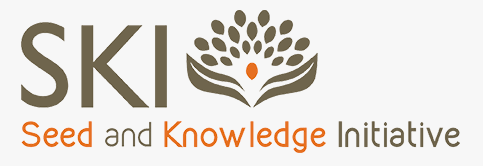Seed and Knowledge Initiative (SKI)
The Seed and Knowledge Initiative (SKI) project is a 4-year project which started in March 2019. Together with our partners Landirani Trust, CERFHT, and Emmanuel Teacher Training College we target two communities in Lilongwe. The project focuses on strengthening agroecology practices by working closely together with students, teachers, and parents (farmers). Agroecology is farming which centers on food production that makes the best use of nature’s goods and services while not damaging these resources. To understand the individual needs and wishes of the community we started off with a community mapping exercise. The community mapping process helps to engage the community to determine the community status on issues such as the use of traditional seeds for food security and their practice of agroecological principles. Through the mapping exercise, we want to give the community the power to identify key areas they’d like to work on themselves. We want them to own the project rather than us leading them. This is why it was also the community’s responsibility to elected 20 community members to participate in the training sessions. Training sessions focus on seed, healthy soil and other general permaculture principles.
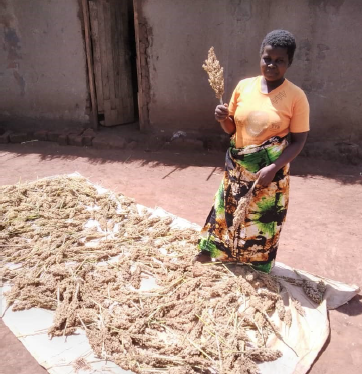
Sorghum is a climate-resilient crop, known since the old days for its good harvests. Nevertheless, it has been replaced by maize in many parts of Malawi. Teaching the community members the benefit of sorghum, and giving them seed for planting is part of the SKI project.
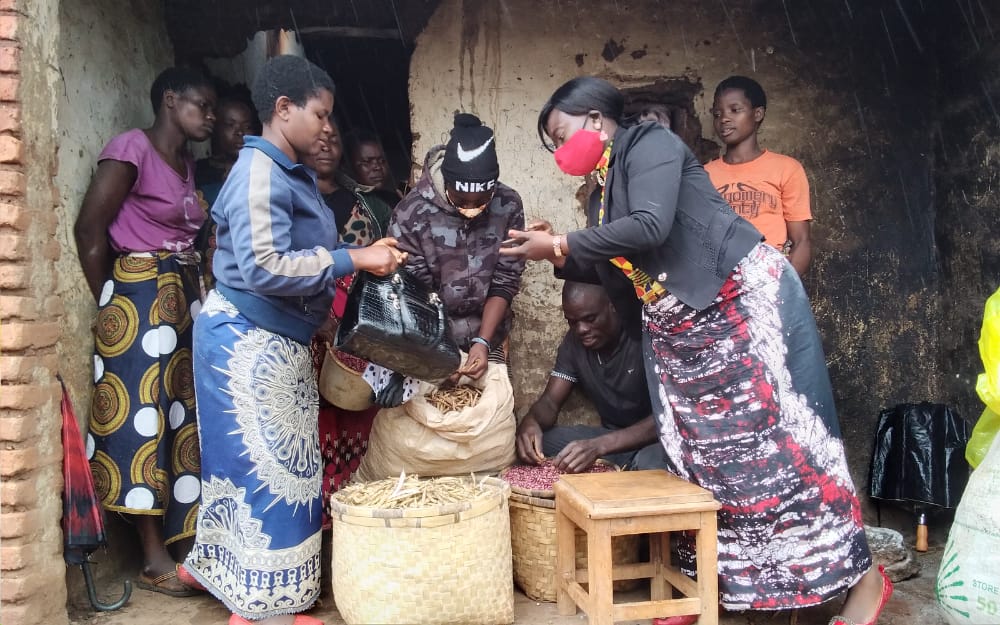
Even for well-known crops such as maize or beans, we promote local seed varieties and teach the importance of composting and intercropping for successful harvests.
The community mapping process
The community mapping process is one of the most beautiful and wholesome exercises we have participated in over the last 10 years. For many years participation and ownership of projects were our biggest challenges. Once the project came to an end, nobody really felt responsible to continue without our guidance as SCOPE Malawi. Throug the community mapping process we give back this ownership and pride to the community. Instead of us telling them what we will train them in, they tell us what they want to learn from us. To better understand how such a community mapping works, have a look at the step-by-step guide.
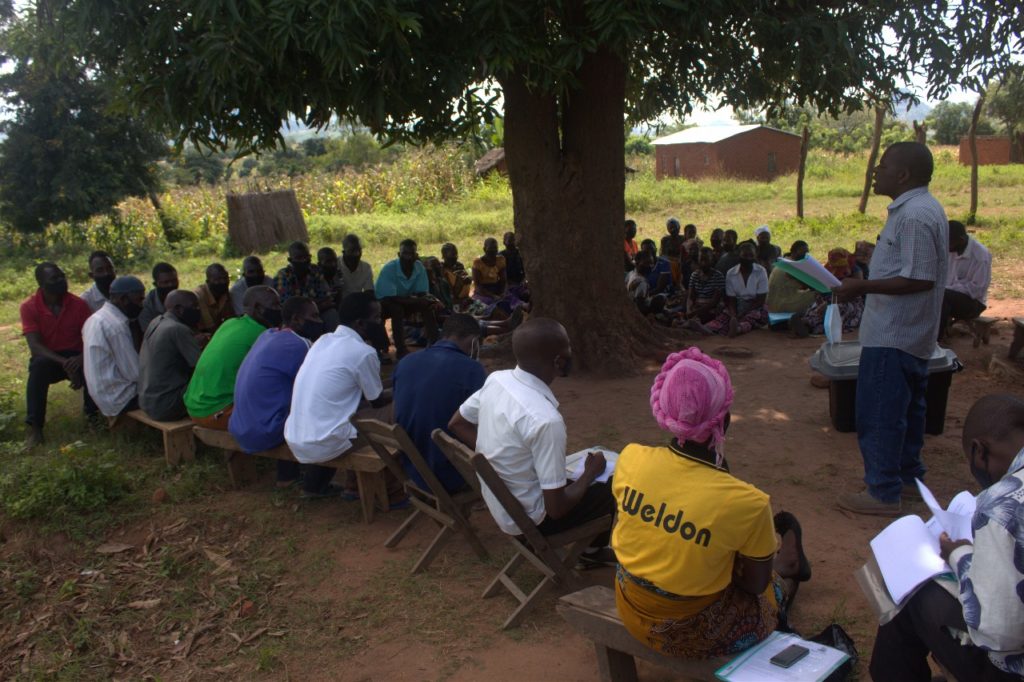
1: First community MEEting
After choosing a community, every member of the community is invited for a first meeting. The aim of that first meeting is to develop rapport with the community and to understand the activities that will be carried out together. You will talk about previous activities and will also find out, if there are other stakeholders already involved in the community. What is most important is, that the community gives their consent to work working together with you (if that is what they want to do).
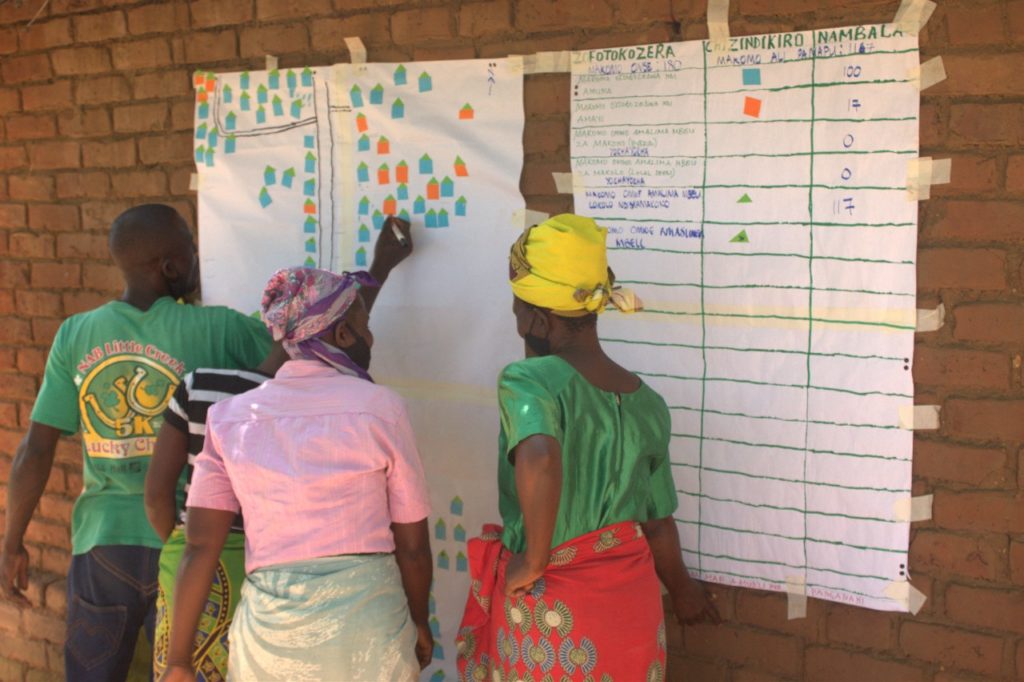
ii: Mapping Exercise
Household mapping: The community will do 3 mapping exercises as a way to find out more about the situation in the village. The household mapping tool is a way of mapping the different households within the community. Each household is given certain criteria such as grows fruit trees, saves seeds, uses local seeds, or has a vegetable garden. Through these criteria, we can then identify food secure households and at the same time collect data.
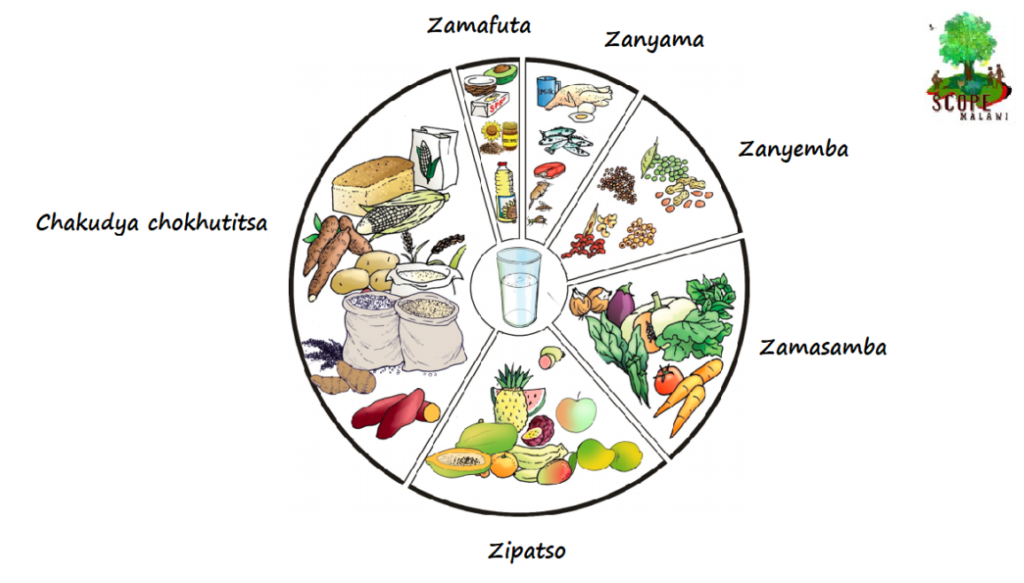
II: MAPPING EXERCISE
Dietary Diversity: The purpose of this mapping exercise is to understand the diet of the household in the community and the different levels of access to a diverse food range. Another aim is also to explore what the situation may mean for the health and nutrition of the community members. The wheel represents the six main food groups in Malawi and ranks if certain food groups are eaten by many or just a small amount of people.
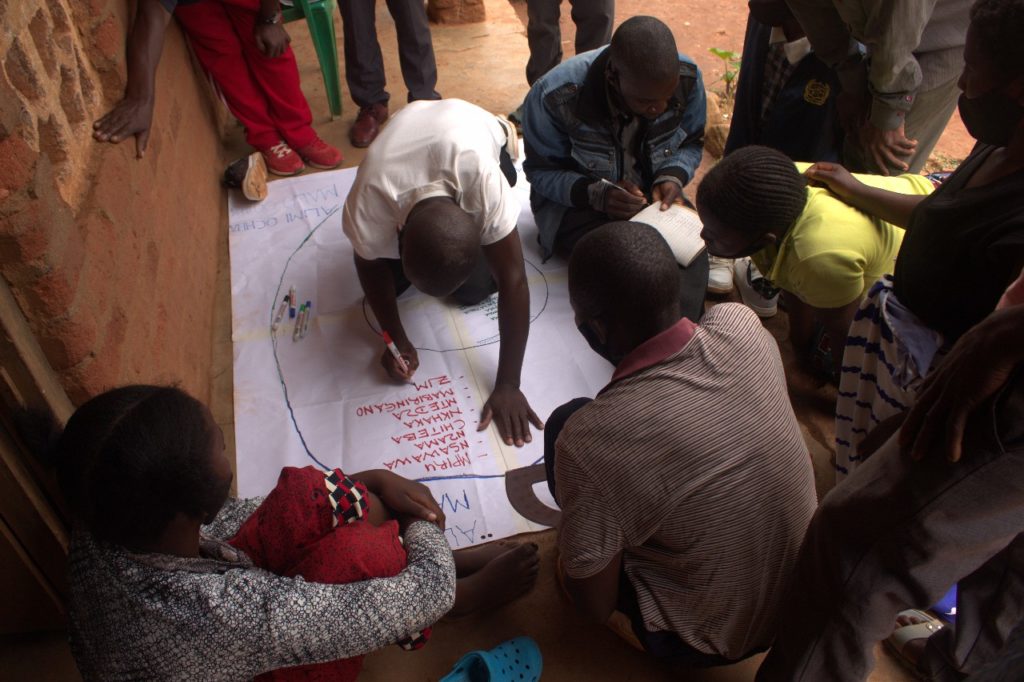
II: MAPPING EXERCISE
Food Crop Diversity: The aim of this exercise is to assess the number of food crops within a community and to identify different species that are at risk of loss or that are already lost. Furthermore, it is used to understand the abundance and accessibility of various food crops within the community. The idea is to cluster the crops according to whether they are grown by many or some and on big pieces of land or small pieces.
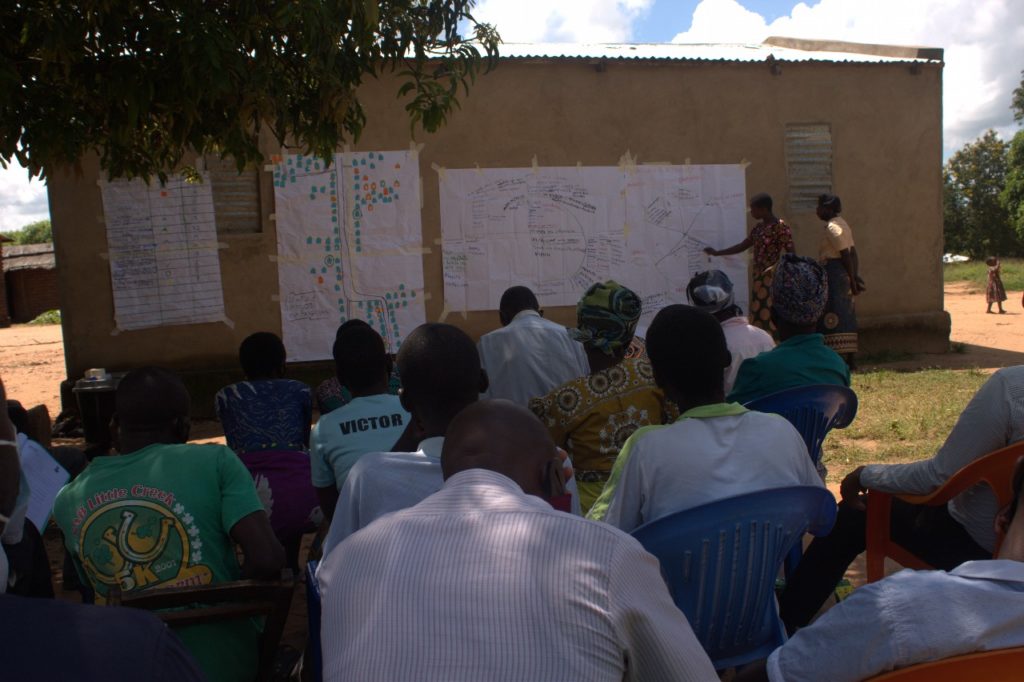
III: Presentation of Results
Each group is presenting the results of their group work to the whole community. The community can then comment or change/add information where necessary.
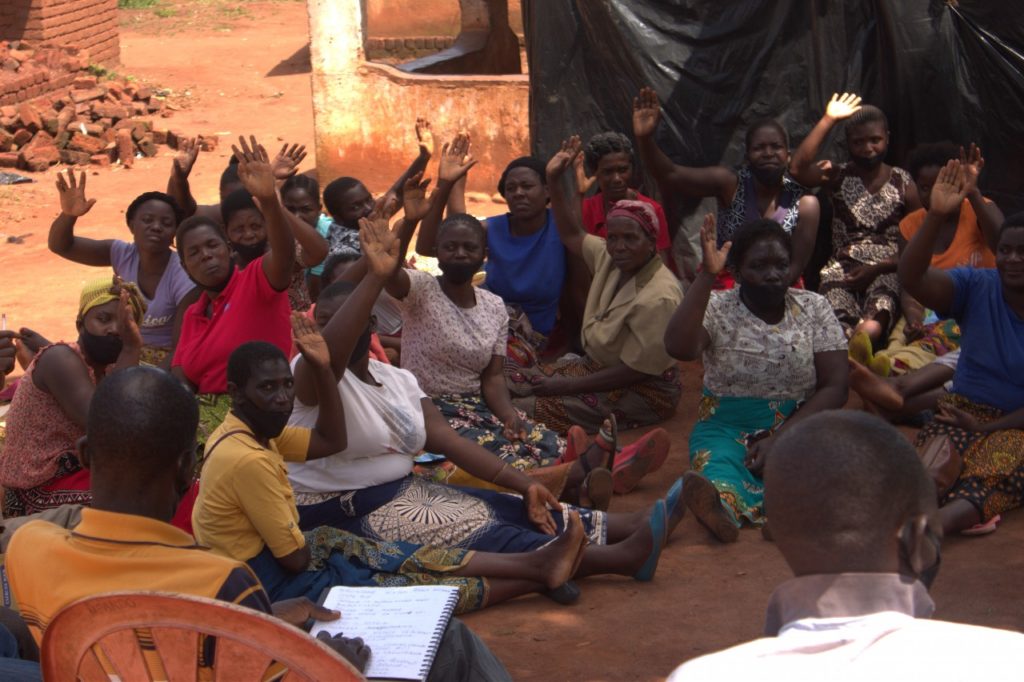
IV: Activity Plan and Way Forward
After the presentation of results, a brief discussion on the lean season takes place. The community is then left alone to discuss if they want to work together in the future and to come up with an activity plan on what the way forward may look like. The activities are chosen and defined by the community. Like that it’s easier for the community to take over ownership for the upcoming activities.
